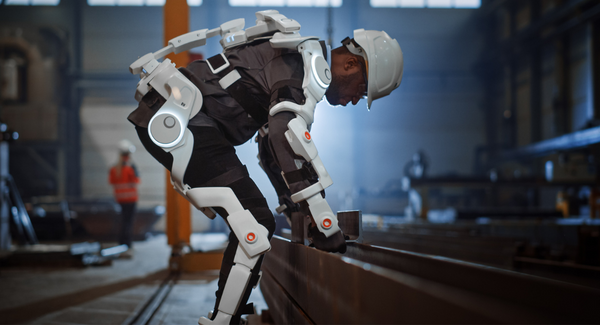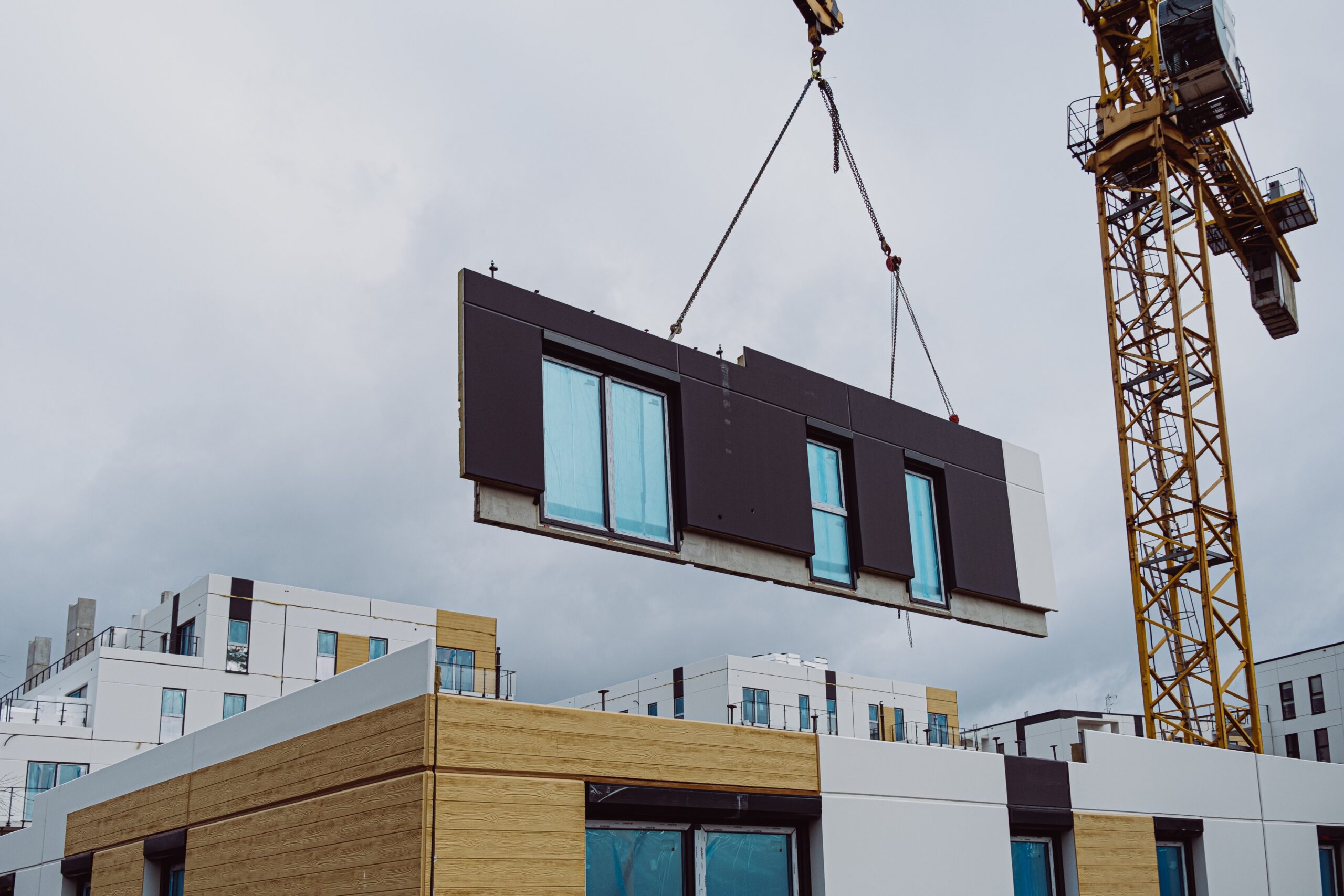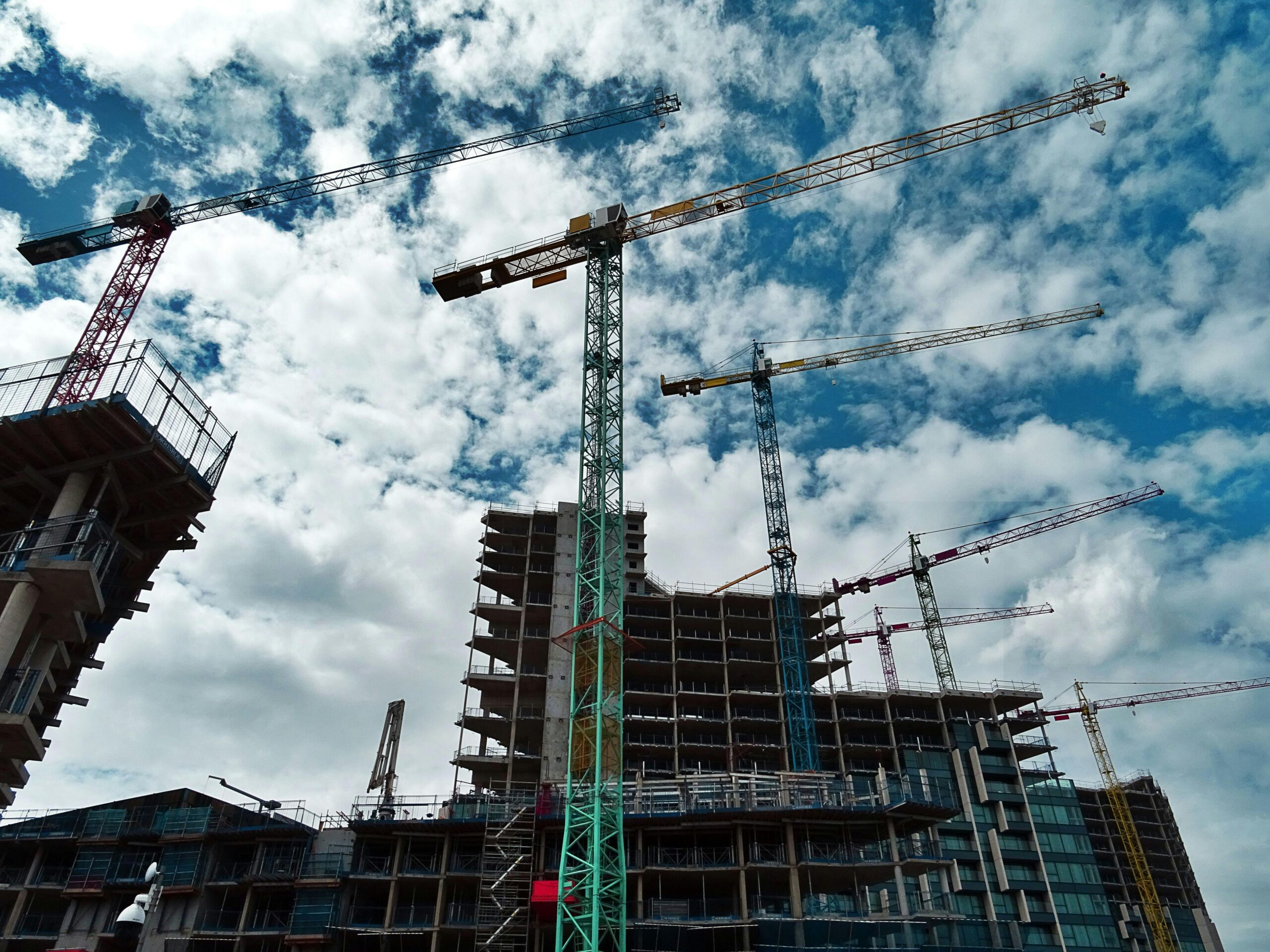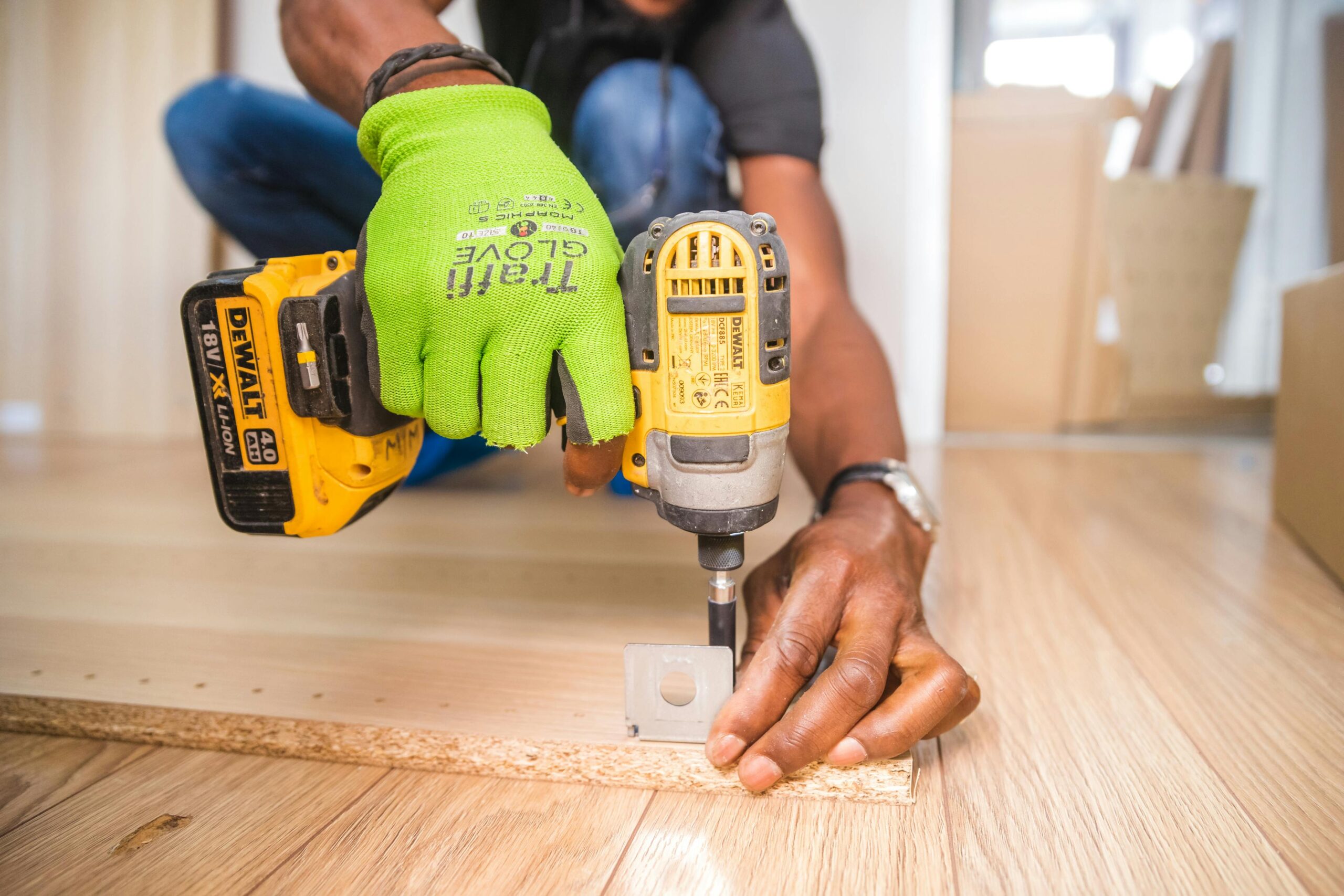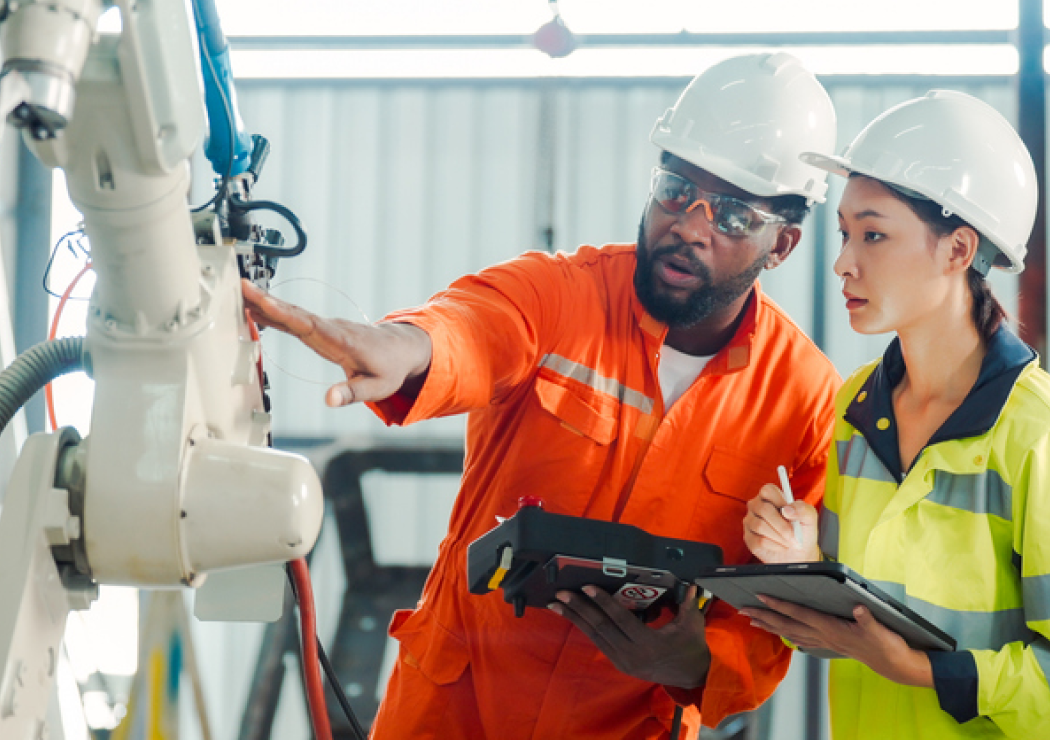Top Trends in the Construction Industry You Should Know About
The construction industry is constantly evolving with new technologies, materials, and methods designed to improve efficiency, sustainability, and safety. Staying updated on the latest trends is essential for contractors, builders, and project managers looking to stay competitive. In this post, we’ll cover the top trends shaping the construction industry in 2025 and beyond.

1️⃣ Sustainable and Green Construction 🌱
🔹 The Rise of Eco-Friendly Building Materials
As the world continues to focus on reducing carbon footprints, sustainable building materials are becoming increasingly popular.
✔ Recycled Materials: Materials like recycled steel, concrete, and glass reduce waste and promote sustainability.
✔ Bamboo: A fast-growing and highly renewable material being used for floors, walls, and even structural elements.
✔ Energy-Efficient Materials: Insulated windows, solar panels, and green roofing solutions are helping buildings perform better and reduce energy consumption.
🛠️ Tip: Consider LEED certification and other green building standards to enhance your project’s sustainability profile.
2️⃣ Modular and Prefabricated Construction 🏗️
🔹 Faster Construction with Prefabricated Components
Modular and prefabricated construction methods are transforming the industry by offering faster project timelines and cost savings.
✔ Modular Buildings: Components are built off-site and then assembled on-site, drastically reducing construction time.
✔ Prefabricated Components: Walls, roofs, and flooring systems are manufactured in controlled environments, which increases precision and reduces waste.
✔ Flexibility: These methods allow for quick reconfiguration and expansion in response to changing needs.
🛠️ Tip: Modular construction is ideal for commercial and residential projects that need rapid turnaround times.
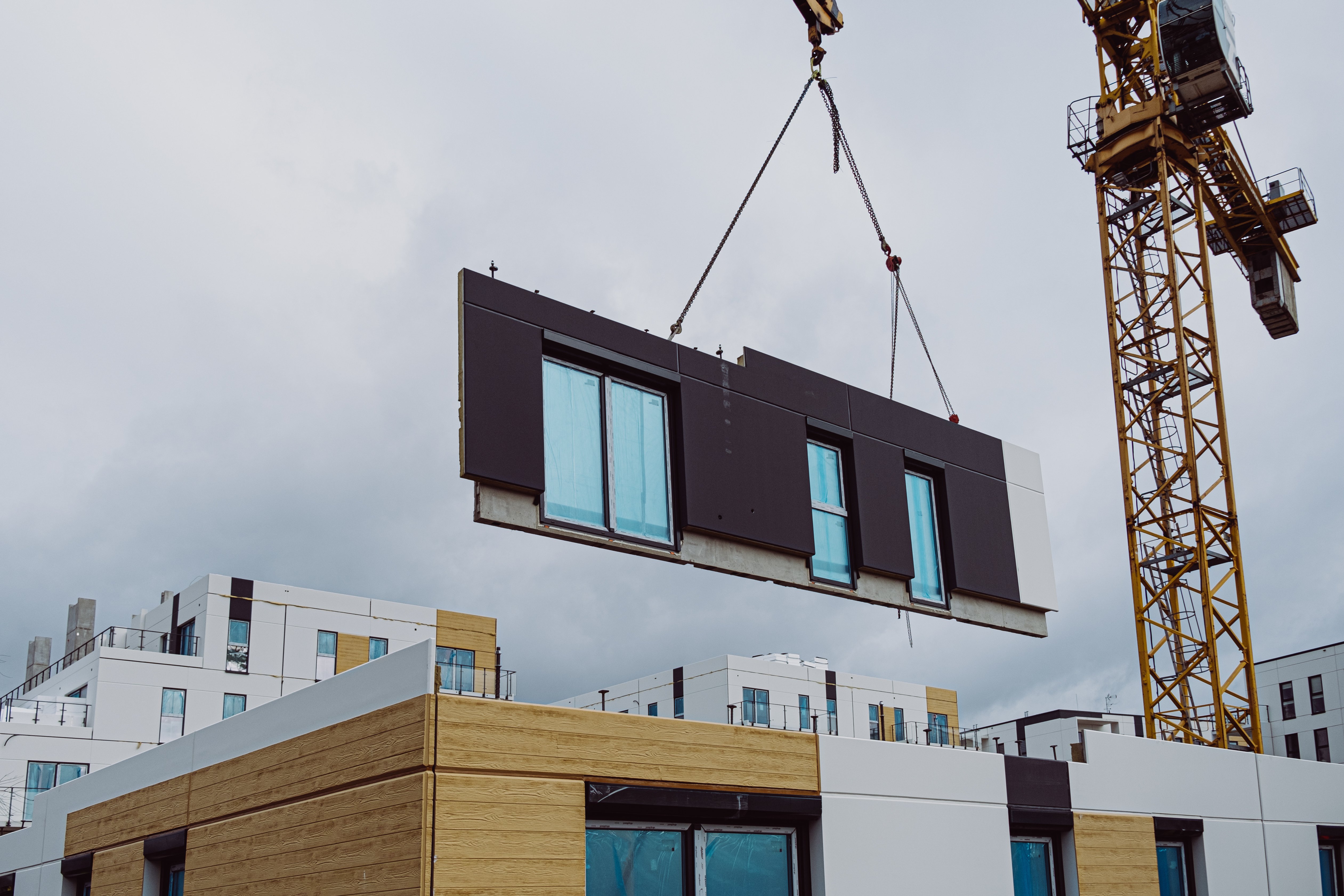
3️⃣ Building Information Modeling (BIM) 🖥️
🔹 Improving Project Planning and Execution
BIM technology is revolutionizing how construction projects are planned, designed, and executed. By creating detailed 3D models of buildings, BIM enhances collaboration and reduces errors.
✔ Visualization: BIM helps stakeholders visualize the entire project before construction begins.
✔ Improved Collaboration: Multiple teams can collaborate in real-time, sharing data and designs to prevent miscommunication.
✔ Cost and Time Efficiency: By identifying potential issues early, BIM helps avoid costly delays and budget overruns.
🛠️ Tip: Adopt BIM software early in the design phase to ensure smooth project execution.

4️⃣ 3D Printing in Construction 🖨️
🔹 Revolutionizing the Way Structures Are Built
3D printing is being used to create construction materials and even entire structures, reducing labor costs and construction waste.
✔ 3D-Printed Homes: In some regions, homes are being printed layer by layer, significantly reducing costs and labor.
✔ Concrete 3D Printing: Companies are experimenting with printing concrete walls and structures, allowing for customized shapes and sizes.
✔ Faster Turnaround: 3D printing can speed up construction timelines and improve precision.
🛠️ Tip: Keep an eye on 3D-printing developments in construction, as they promise to revolutionize low-cost housing and custom structures.
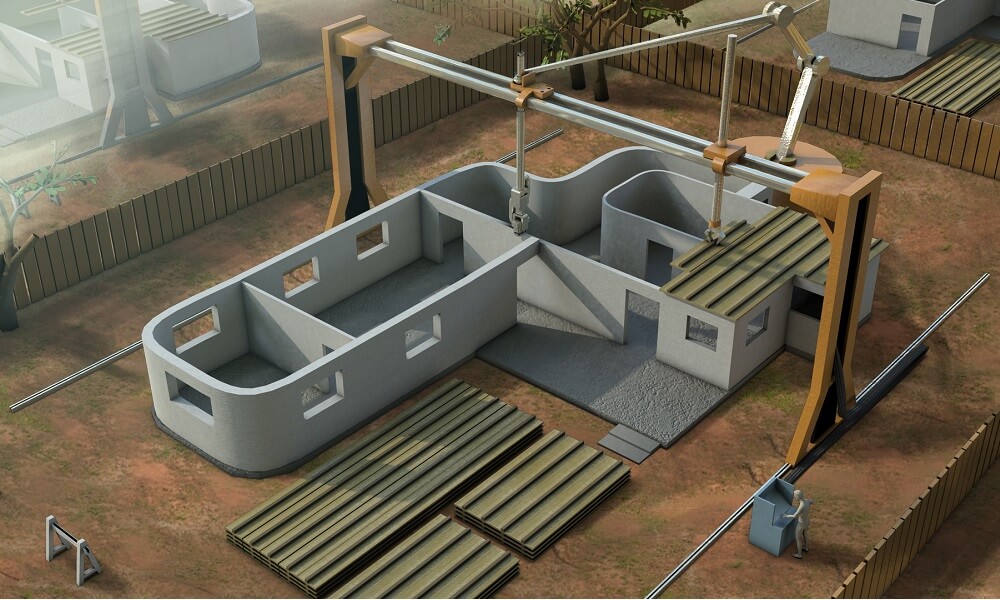
5️⃣ Smart Construction and IoT 🏢
🔹 Enhancing Efficiency with Connected Devices
The Internet of Things (IoT) and smart technology are improving construction processes by connecting tools, equipment, and machinery to networks for better monitoring and management.
✔ Wearables: Smart helmets, vests, and wristbands help monitor worker health and safety in real-time, improving overall safety.
✔ Drones: Drones are used to monitor project sites, capture aerial images, and survey hard-to-reach areas.
✔ Connected Tools: Tools and equipment can send performance data, ensuring they are maintained properly and are used efficiently.
🛠️ Tip: Integrating smart devices into your project can enhance monitoring, safety, and efficiency.
